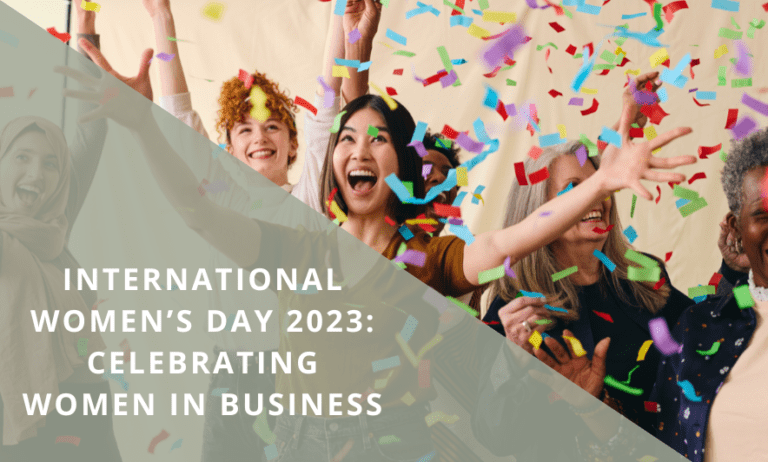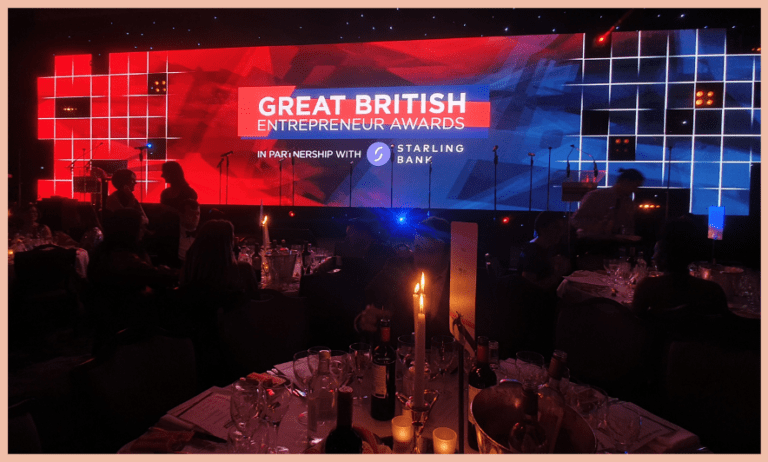Why you should be winning Customer Experience Awards in 2025
How well do you know your customers? And how well do they know you? These are some of the questions that awards judges want to know when you’re entering customer experience awards. And that’s because winning an award for your customer experience has become one of the fastest and most effective ways to build your…






























